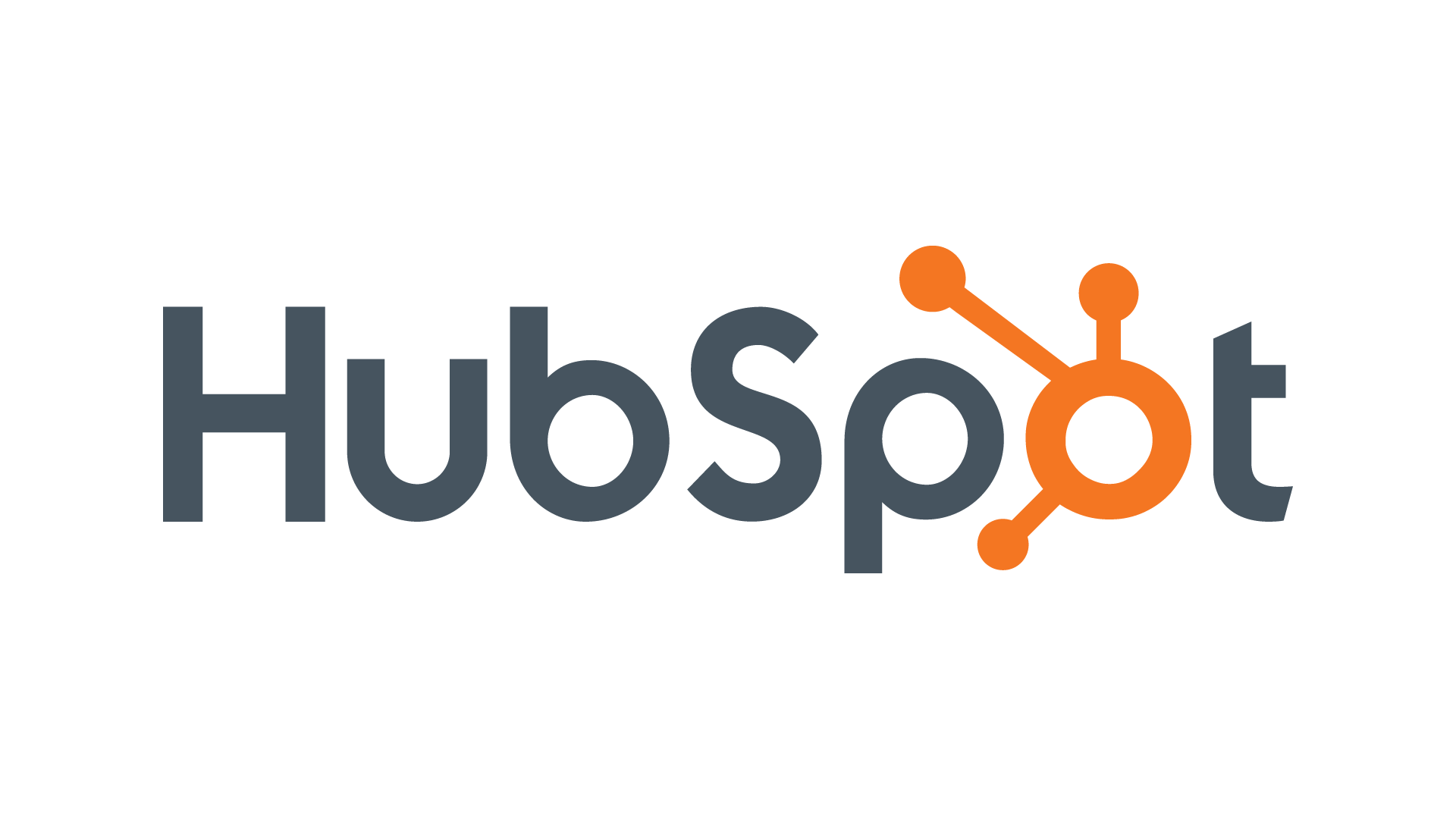The way we do business is changing, and with that, the way businesses need to market themselves. With these changes come an increased competition in establishing online presence–and on the flipside, some extremely handy products and services that make these efforts more attainable for small and medium sized businesses (SMBs). But not all of today’s marketing and online-business products are made equal. You will want to steer clear of certain products that don’t offer the level or quality of services that you need to stay competitive.
Here are the top two types of products your business should be outgrowing in 2022:
#1 - Email marketing platforms that lack tagging, segmentation, and/or automation.
A full-fledged marketing automation platform is a must for businesses of all sizes to engage with leads and customers. If you want to reap the full benefits of email marketing strategies, this means using a platform that has comprehensive tagging, segmentation, and automation capabilities. You will find that the right marketing automation platform will likely go beyond strictly sending emails, and provide key automation tools for other aspects of your marketing plan, such as lead scoring, contact engagement with websites and landing pages, contact analysis, and more.
Email marketing platforms like Mailchimp, Sendinblue, and Constant Contact are limited in their ability to offer a full solution to keep track of and interact with contacts. This makes for a lot of manual labor and one-dimensional email campaign system. They also lack a variety of features commonly offered amongst competitor products, and ultimately will fail to provide the robust customization and automation options that you’ll need if you want to maintain competitive content marketing.
Why you need comprehensive marketing automation →
- List-based email platforms oversimplify today’s email marketing - You might be thinking, “why would my business need to use automation for email sending”? The answer: utilizing tagging, segmentation, and more automation tools can help your business optimize engagement in markets where customer tracking and engagement has become a science. If you’re currently running email campaigns simply by selecting a list of contacts and clicking “send”, you’re missing out on a ton of easy-to-learn functions that your business can benefit from.
A comprehensive marketing automation platform will provide your business with the tools to track and nurture customers, going beyond simply sending generic mass emails, and insead targeting contacts through a series of tagging and segmentation functions. Let’s look at a couple examples of how tagging and segmentation can help you nurture contacts in order to generate leads and even conversions:
- You create a workflow that tracks the engagement of customers, which automatically marks anyone who has clicked a link embedded in any of your emails as “interested”. From this automation, you are able to find 200 contacts with an “interested” tag. After 24 hours, those contacts are then automatically sent a followup email with additional information about your products and a “buy now” CTA. This encourages interested contacts to make a purchase, and spares inundating disinterested contacts with irrelevant information.
- You create a workflow to highlight customers who may be on the fence about making a purchase. In this workflow, any customer who has opened more than 50% of your emails, but has not yet made a purchase, automatically receives a tag titled “needs encouragement”. Anyone who receives this tag will then receive an email that includes a discount coupon for your products. This engages leads and encourages conversions for a group of people you have determined need a little extra nurturing to turn convert into a customer.
These are just two simple examples of what a good email automation platform can do. With many email marketing platforms, the options are seemingly unlimited when it comes to creating custom workflows and automations to track and nurture contacts. Without these tools, however, your email campaigns are likely to fall flat. - It’s necessary to stay competitive - we’ve already determined that there is a treasure trove of opportunities you can gain from using a more intricate email automation platform. But if you’re still skeptical about actually needing these functions for your marketing campaign, there’s another factor to consider: contacts today expect more advanced marketing campaigns, whether they realize it or not.
Even though most contacts probably aren’t consciously thinking about the detailed setup behind an email marketing campaign, everyone has become accustomed to a high level of customized communications, which is only made possible by tagging, segmentation, and automation. The practice of sending people responses with catered information and offers, which come just at the right time, is becoming so commonplace that if you forgo these approaches, your customers are likely to overlook your outreach efforts. The fact is, plenty of businesses are using these approaches to email marketing, creating a new standard that has undeniably impacted what contacts expect to see from their favorite brands and companies. If you’re not sending targeted emails with the help of a robust email marketing platform, it’s likely that your competitors are, taking valuable leads along with them. - There are far better platforms available for similar pricing - If budget is a main motivator in your decision for a marketing automation platform, there are many full-fledged platforms to choose from that don’t break the bank. In fact, there are plenty of comprehensive platforms that start free, with affordable monthly packages that will increase in price with the amount of contacts you have.
What to Use Instead →
- HubSpot’s Email Marketing tool - A feature within HubSpot’s marketing hub; Build custom workflows, manage lead tracking and scoring, experiment with A/B testing, and access comprehensive reporting on campaign performance. Pricing - starts free.
- Active Campaign - Advanced tagging and segmentation options for lead scoring and engagement, highly customizable automation options, in-depth contact database with advanced search options, and in depth reporting. Pricing - starts at $15/month
#2 - Website builders with limited templates and customization.
The allure of a “use-friendly” website building platform can suck people in and pigeon hole businesses into using a hosting service that simply does not offer enough advanced options required to make a competitive website. This doesn’t mean that there are no user-friendly platforms that also offer sufficient design, development, and SEO opportunities–we’ll share some of those with you later on. What we do mean is to caution businesses not to settle for “simplicity” and as a result sacrifice website functionality and performance.
Platforms like Wix and Squarespace sell themselves as an easy-to-navigate builder that gives users without development or design knowledge the ability to build a good-looking site. This might be a great option for a personal blog or strictly-local business that only needs to host a website as an informational source for existing customers. But for any business that is engaged in e-commerce, B2C relations, or B2B relations, you’re going to need more than a drag-and-drop site builder.
The problem with these products→
- Products like Wix and Squarespace are bad for SEO - Search engine optimization (SEO) is crucial for promoting traffic to your website. SEO improves the rankings of your website pages in search engines based on keywords and phrases that are woven throughout your site. Many website hosting platforms provide optimization tools that help you improve SEO on your web pages and blogs. With Wix and Squarespace, SEO options are less than desirable.
With websites on Wix, for example, webpages are not easily indexable by Google. In order to rank sites in search results, Google needs to index a site, which is done by crawling the website. Many Wix users have reported Google having a difficult time crawling pages on Wix websites. This makes pages non-viable for SEO, and thus, essentially useless unless someone has the direct link to your site.
Simple website builders like Wix and Squarespace also allow for little SEO customization. Basic SEO, such as adding in a few keywords and a meta-description into a webpage, can be easily navigated by anyone regardless of their SEO knowledge. But websites that want to focus on driving traffic and improving search engine results need more advanced options for improving SEO. Options like customizing H-tags (header tags), site maps, canonical tags, or URLs are not available on these platforms that focus on simplicity. - You shouldn’t focus on aesthetics without accounting for UX - UX, or user experience, encompasses the entirety of how a user navigates and interacts with your website. Design, and a good looking website, definitely comes into play with this–but it’s not the only factor to consider.
UX also accounts for factors like how easy it is to navigate your website, find important information, interact with content, fill out forms, contact support, and more. These sort of elements reflect on the front-end of your site and need to be designed tactfully, but they are implemented by backend development.
Website builders that are more focused on laying out visuals on a webpage effectively make for sites that are more of a digital pamphlet or business card, without any real consideration for UX.
A well thought out UX will also drive engagement with customers, encouraging customers to click on CTAs, sign up for alerts, reach out to representatives, etc. Without the capability to embed advanced forms, integrate with marketing softwares, or utilize plugins that allow for expanded web functionality, your website will again fall flat and fail to live up to its full potential. - If your business depends on your website, it should be managed by experts - We get it, saving money and time is a key motivator for many businesses. But when any business grows, it becomes important to consider the tools you need in order to maintain your current operations, customer base, and general success. If your business depends on your website for attaining leads, customers, and sales, then quite frankly, you should be investing more than the bare minimum on its design, development and SEO. This will also allow your site to stand out from the crowd by using more than just one of a few preset templates to choose from.
This does not mean that you have to choose the most expensive web design firm, or that you cannot have any involvement in the management of your site. It is crucial, however, that you have some expert resources to help establish and maintain a successful website.
What to use instead →
There are a variety of website hosting services that are affordable and fairly simple to navigate which allow for more customization and functionality. Consider checking out products like:
- WordPress - Open source website hosting platform built with PHP. Choose from millions of plugins to customize your site to your unique needs.
- HubSpot CMS - Easy-to-navigate yet highly customizable with heavy focus on UX and SEO.
- Shopify - E-commerce platform focusing on product sales and online retail. Configure professional looking online stores with a variety of application add-ons.
Need Help Choosing Marketing and E-Commerce Products?
If you know your business is ready for a change, but you’re not quite sure which products you need to up your online marketing game, Inbound AV is here to help. As a certified HubSpot Platinum Partner, an Active Campaign partner, and a successful inbound marketing agency, we’re equipped and happy to provide gameplans for growing businesses. Schedule a meeting with us today for a free, no-strings-attached conversation about your options.
Book a meeting with us to learn more






